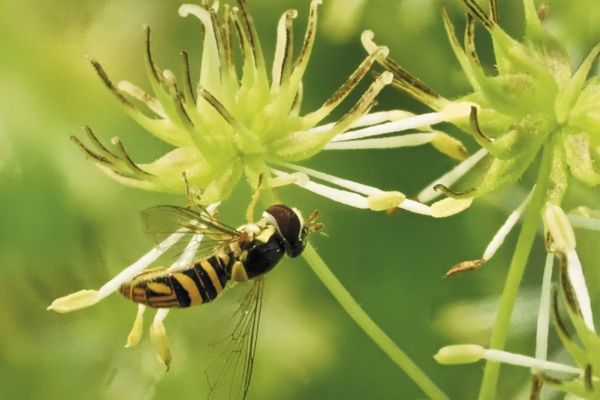New research by scientists at the University of Toronto offers novel insights into why and how dozens of flowering plant species evolved from being pollinated by insects to being pollinated by wind.
Although insect pollination is more economical, numerous lineages have reverted back to wind pollination, leaving many biologists to question why that would ever happen given the success of insect pollination. This apparent paradox perplexed even Charles Darwin, and still today, little is known about the conditions initiating this transition.
In a study published recently in Proceedings of the Royal Society B, the researchers describe for the first time a mechanism driving this reversion involving the vibration of stamens, the pollen-bearing organs of flowers.
“We found that plants in which stamens vibrate more vigorously in wind, disperse pollen by wind more readily, and that this characteristic of stamens is favoured under conditions where plants receive few visits from pollinators,” said lead author David Timerman, a PhD candidate working with evolutionary biologist Spencer Barrett in the department of ecology and evolutionary biology in the Faculty of Arts & Science at U of T.
Continue reading at University of Toronto.
Image via University of Toronto.


